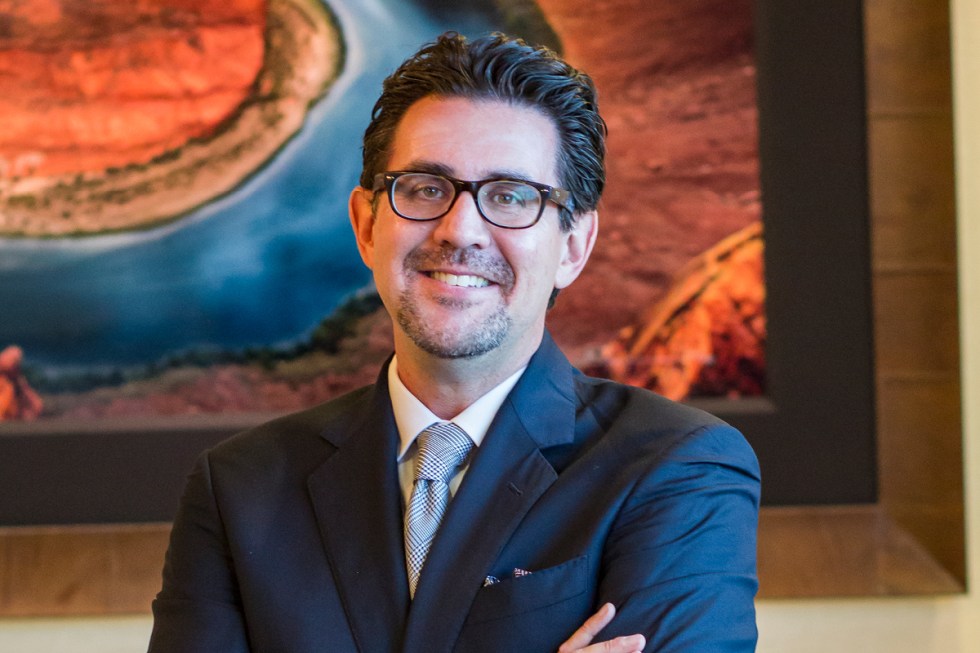
While as a state and nation we reopen our economy on the long path to recovery, we face the everyday reality of a changed world. At our workplaces, the grocery store, restaurants and schools, the signs of change are all around us – constant reminders that COVID-19 remains a public health threat that can’t be taken lightly. Yet amid that threat, I can’t help but marvel at how far we’ve come in just a few months.
The bustling shopping centers of today are a far cry from the virtual ghost towns they had become in late March. In many ways, this speaks to the flexibility and determination of businesses that must be able to evolve to survive in the modern world. Consumer habits change. Client needs evolve. Competing businesses emerge. Successful businesses know that to stay at the top, they must stay a step ahead and be able to react quickly to an ever-changing business environment. Since the COVID-19 crisis emerged, we have witnessed that business ethos at its best.
Restaurants were among the most impacted by coronavirus-related restrictions. Even before the first closure orders, would-be diners were already cutting back on eating out as infection counts climbed. In a matter of days, restaurant operators needed to reimagine and reconfigure their operations from dine-in to take-out only. Restrictions have been eased since then, but restaurants remain in a perpetual state of adaptation, reducing dining capacities, enacting strict cleaning procedures and taking other measures to provide a dining experience that is as familiar as possible while still remaining safe for patrons and employees.
Retailers faced their own set of challenges, as many were allowed to remain open as essential businesses but required extensive changes to operations. From plexiglass partitions, social distancing signage and limits on how many shoppers could be in a store at any time, retailers enacted a wide range of procedures to create a safer shopping environment. Behind the scenes, retailers also had to adapt to massive disruptions in the supply chains, as shifting demands and a certain amount of panic buying left many store shelves empty. But, as we look back, what consumers could not get paled in comparison to what they could. Retailers kept stores open, and that kept families and businesses going.
Professional sports leagues have been among the most high-profile businesses to be affected by COVID-19, with most major leagues still working out details for eventually returning to play. Las Vegas-based UFC has been at the forefront of adopting public health measures to return fighters to the octagon, albeit in a closed studio rather than the typical arena with thousands of fans. UFC enacted a number of testing and isolation protocols for its fighters and their teams to hold live events, first in Florida and most recently from its Apex studio here at home, putting it at the leading edge for professional sports testing protocols that could serve as a model as other leagues ramp up to resume their seasons.
Businesses across the spectrum, from resort casinos to banks, doctor’s offices and office based companies, have changed operating procedures, transitioned to working from home, and leaned on videoconferencing and other digital technologies to maintain productivity even as in person contacts were curtailed. Many of these changes may very well remain in place long after the pandemic is gone, whether out of necessity or because of new efficiencies due to greater integration of technologies. For example, growing reliance on telemedicine due to public health concerns now may carry forward as more health professionals and patients become comfortable with the technology, which will ultimately increase healthcare access and reduce costs.
There is no silver lining to this COVID-19 crisis. That said, we have witnessed remarkable examples of innovation, creativity and adaptation. Businesses have fought for their very existence. Many have begged and borrowed, burning through reserves and making cuts that were previously unimaginable. As the economy rebounds, these are the very decisions that will ensure displaced workers will have a job to come back to.
Members of the editorial and news staff of the Las Vegas Review-Journal were not involved in the creation of this content.


